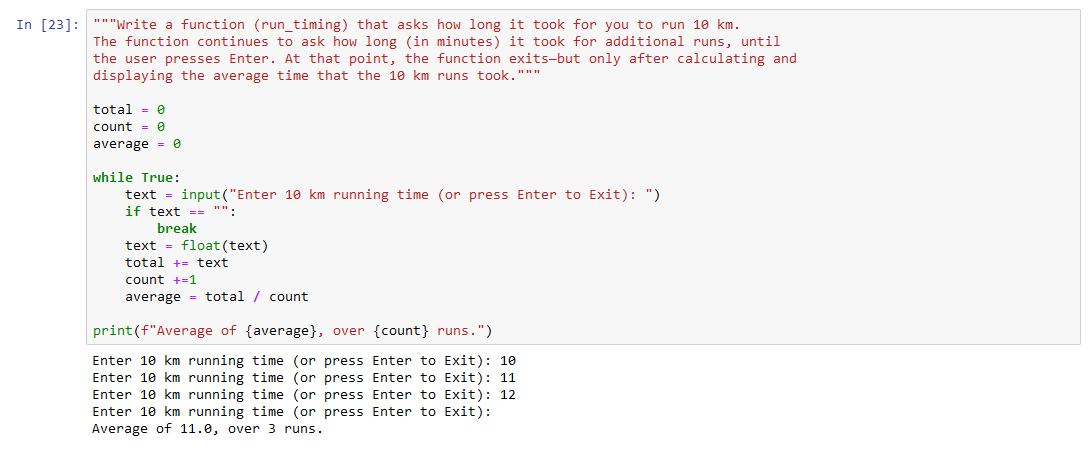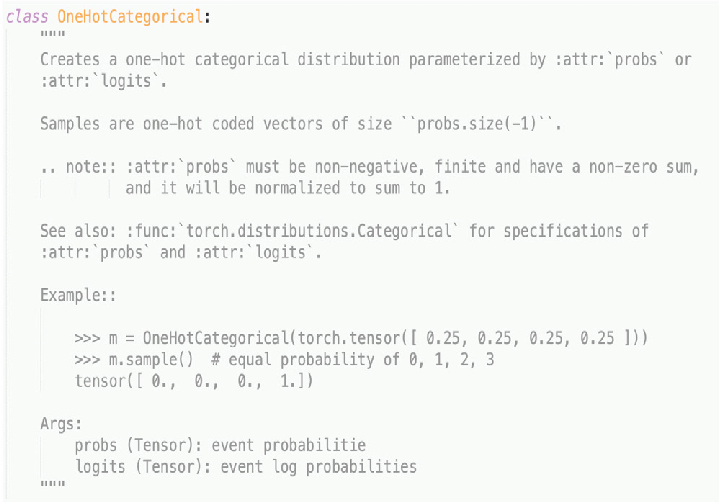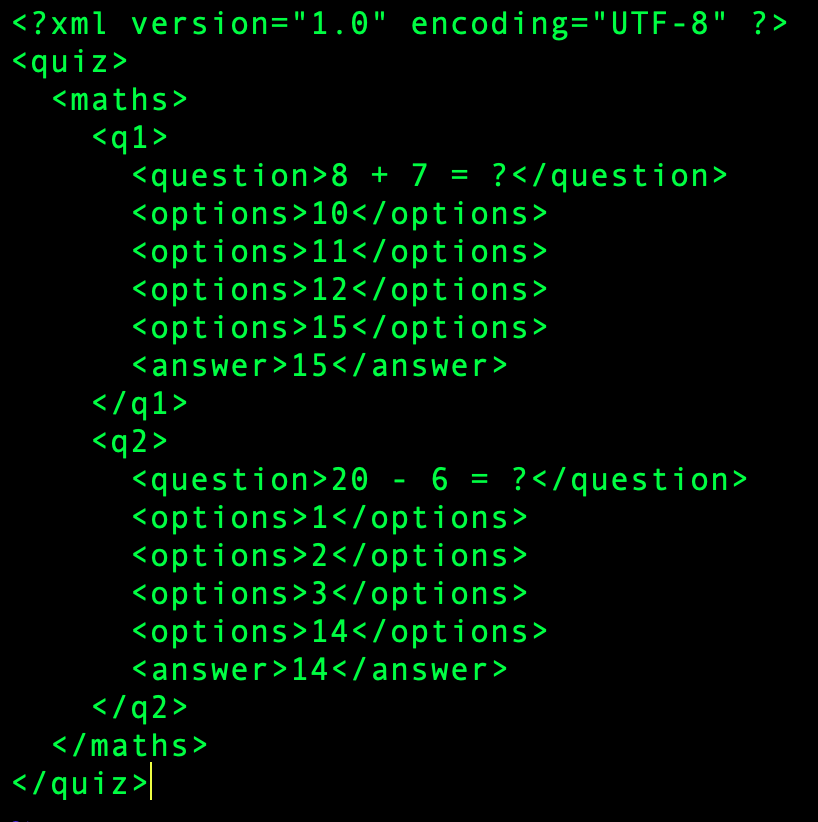Does Python have a variable for pi?
Does Python have a variable for pi?

I'm glad you asked! Yes, Python does have a built-in constant for the mathematical constant pi, which is approximately equal to 3.14159.
In Python, this constant is represented by the keyword math.pi, which is part of the math module. This means that to use it, you need to import the math module first, like so:
import math
print(math.pi)
When you run this code, you'll see that the output is approximately 3.14159, which is the value of pi to several decimal places.

So why do we have a built-in constant for pi, and how was it calculated? Well, pi (π) is an irrational number that represents the ratio of a circle's circumference to its diameter. It's a fundamental constant in mathematics and appears frequently in many mathematical formulas and equations.
The calculation of pi has a long and storied history, dating back thousands of years to ancient civilizations such as the Babylonians, Egyptians, Greeks, and Indians. These cultures recognized the importance of circles in their daily lives, from architecture and engineering to art and design. As a result, they developed methods for calculating the value of pi, often using simple geometric shapes like triangles and squares.
Over time, mathematicians continued to refine their estimates of pi, using increasingly sophisticated methods and tools. Today, we have computer algorithms that can calculate pi to billions of decimal places!
So what's the importance of having a built-in constant for pi in Python? Well, it makes life easier for programmers working with geometry, trigonometry, or other mathematical problems that involve circles or spheres. By simply importing the math module and using the pi constant, they can quickly and easily perform calculations involving pi without having to rederive its value every time.
In conclusion, Python's built-in math.pi constant provides a convenient and efficient way for programmers to work with the mathematical constant pi, making it an essential tool for any mathematically inclined developer.
How to do math pi in Python?
I'd be happy to help you with that!
To calculate the value of Pi (π) using Python, there are several ways to do it. Here's one common method:
Method 1: Using the math module
Python has a built-in math module that provides various mathematical functions, including atan2(), which can be used to approximate the value of Pi.
Here's an example code snippet:
import math
def calculate_pi(num_samples=100000):
inside_circle = 0
total_points = num_samples
for _ in range(total_points):
x = random.uniform(-1, 1)
y = random.uniform(-1, 1)
if x2 + y2 <= 1:
inside_circle += 1
return 4 * (inside_circle / total_points)
print(calculate_pi())
This code uses the random module to generate random points within a square of side length 2 centered at the origin. It then counts the number of points that fall within a circle of radius 1 centered at the same origin. The ratio of these two numbers is used as an estimate of Pi.
Method 2: Using Monte Carlo integration
Another way to calculate Pi using Python is by applying Monte Carlo integration, which involves generating random samples and using them to approximate a function's value. In this case, we're approximating the integral:
∫(0≤x²+y²≤1) dx dy = π
Here's an example code snippet:
import numpy as np
from scipy.integrate import quad
from scipy.stats import uniform
def calculate_pi(num_samples=100000):
integrand = lambda x, y: 1 if (x2 + y2 <= 1) else 0
def integrate_integrand(xmin, xmax):
x = uniform.rvs(size=num_samples)
x = xmin + x * (xmax - xmin)
y = uniform.rvs(size=num_samples)
return np.sum(integrand(x, y))
_, pi_estimate = quad(integrate_integrand, 0, 1, args=(1,))
return 4 * pi_estimate
print(calculate_pi())
This code uses the numpy and scipy libraries to generate random samples of size num_samples within the square [0, 1) × [0, 1). The integrand function evaluates to 1 for points inside the circle and 0 otherwise. The integral is approximated by summing up these values and multiplying by the volume of the square.
Method 3: Using the mpmath library
Another way to calculate Pi using Python is by utilizing the mpmath library, which provides support for arbitrary-precision arithmetic.
Here's an example code snippet:
from mpmath import mp
def calculate_pi():
return mp.pi()
print(calculate_pi())
This code simply uses the built-in pi() function provided by mpmath, which returns a value of Pi with arbitrary precision.
These are just a few examples of how you can calculate Pi using Python. Each method has its own strengths and limitations, depending on your specific needs and requirements.





























